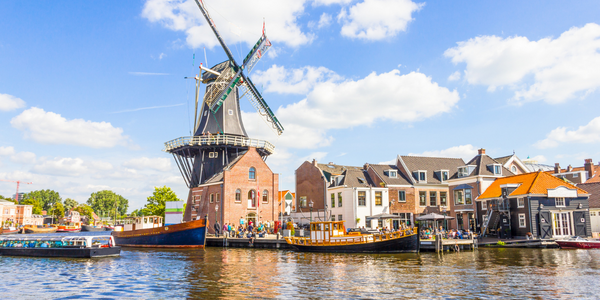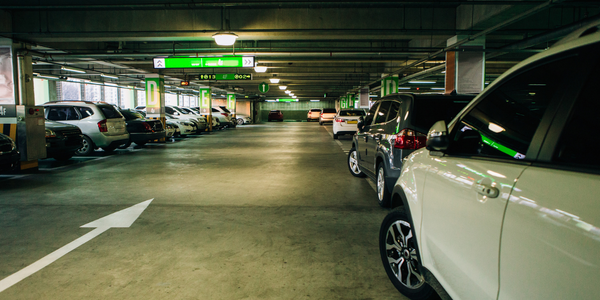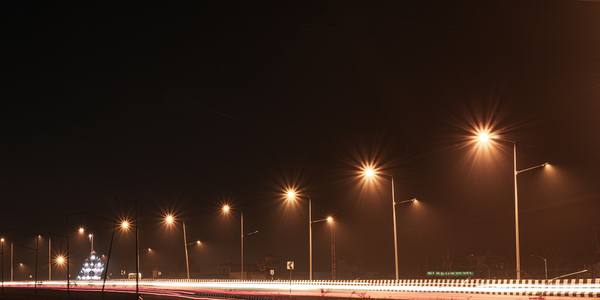Customer Company Size
Mid-size Company
Region
- America
Country
- United States
Product
- GPS Insight Fleet Tracking Solution
Tech Stack
- GPS tracking
Implementation Scale
- Enterprise-wide Deployment
Impact Metrics
- Cost Savings
- Productivity Improvements
Technology Category
- Sensors - GPS
Applicable Industries
- Cities & Municipalities
Applicable Functions
- Logistics & Transportation
- Maintenance
Use Cases
- Fleet Management
- Remote Asset Management
Services
- System Integration
- Software Design & Engineering Services
About The Customer
The City of Pampa is the second largest city in the Panhandle of Texas. It serves as an oilfield supply point with allied industries, a marketing center for agriculture and livestock-raising, and an industrial center. The Public Works division of the city operates a fleet of 60 vehicles for various departments including Street, Parks, Sanitation, Landfill, Code Enforcement, Engineering, Water Distribution, and Waste Water Collection. The Director of Public Works, Donny Hooper, was seeking a solution to manage the fleet more effectively.
The Challenge
The City of Pampa, Texas, was facing challenges in managing its fleet of 60 vehicles used across various departments. The Director of Public Works, Donny Hooper, identified that the fleet needed to be managed more effectively, particularly the routing of sanitation trucks. He began researching technologies designed to improve routing and expanded his search to include GPS fleet management solutions after realizing the potential cost savings. Hooper was aware that every day without a GPS fleet management system was a loss for the city.
The Solution
The City of Pampa conducted a needs assessment and trialed several GPS tracking companies before choosing GPS Insight. The GPS Insight dashboard was intuitive and easy to use, even for non tech-savvy employees. After the installation, GPS Insight helped the city fully implement the software to maximize the benefits of the technology. The city was able to reduce idle time stops, slow down visits to convenience stores, improve route efficiency, and defend complaints from the public concerning city vehicles. The city also set up a maintenance schedule to receive reminders when a vehicle was due for maintenance.
Operational Impact
Quantitative Benefit

Case Study missing?
Start adding your own!
Register with your work email and create a new case study profile for your business.
Related Case Studies.

Case Study
Turning A Stadium Into A Smart Building
Honeywell created what it called the “intelligent system” for the National Stadium in Beijing, China, turning the venue for the opening and closing events at the 2008 Summer Olympics into a “smart building.” Designed by highly controversial artist Ai Weiwei, the “Bird’s Nest” remains one of the most impressive feats of stadium architecture in the world. The 250,000 square meter structure housed more than 100,000 athletes and spectators at a time. To accommodate such capacity, China turned to Honeywell’s EBI Integrated Building Management System to create an integrated “intelligent system” for improved building security, safety and energy efficiency.
.png)
Case Study
Smart Street Light Network (Copenhagen)
Key stakeholders are taking a comprehensive approach to rethinking smart city innovation. City leaders have collaborated through partnerships involving government, research institutions and solution providers. The Copenhagen Solutions Lab is one of the leading organizations at the forefront of this movement. By bringing together manufacturers with municipal buyers, the Copenhagen Solutions Lab has catalyzed the development and deployment of next-generation smart city innovations. Copenhagen is leveraging this unique approach to accelerate the implementation of smart city solutions. One of the primary focus areas is LED street lighting.

Case Study
Buoy Status Monitoring with LoRa
The Netherlands are well-known for their inland waterways, canals, sluices and of course port activities. The Dutch Ministry of Infrastructure indicates that there are thousands of buoys and fixed items in and near water environments that would profit from IoT monitoring. One of the problems with buoys for example, is that they get hit by ships and the anchor cable breaks. Without connectivity, it takes quite some time to find out that something has happened with that buoy. Not to mention the costs of renting a boat to go to the buoy to fix it. Another important issue, is that there is no real-time monitoring of the buoys at this moment. Only by physically visiting the object on the water, one gains insight in its status.

Case Study
Barcelona Case Study
Barcelona’s heavy traffic and its associated high levels of pollution were the primary factors that motivated some companies and universities to work on strategies for improving traffic in the city centre. Bitcarrier is one of the technologies involved in the In4Mo Project, whose main objective is to develop the applications that form the core of smart mobility, one of the fundamental pillars of the smart city concept.

Case Study
China Mobile Smart Parking
Smart Parking, powered by NB-IoT technology, is making it easier for drivers to find free parking spots. Cities can better manage their parking assets and maximize the revenue available to them as a result. Drivers searching for parking create congestion and pollution by circling and hunting for available parking. Smart Parking services are able to significantly ease these problems by guiding a driver directly to a parking space.








